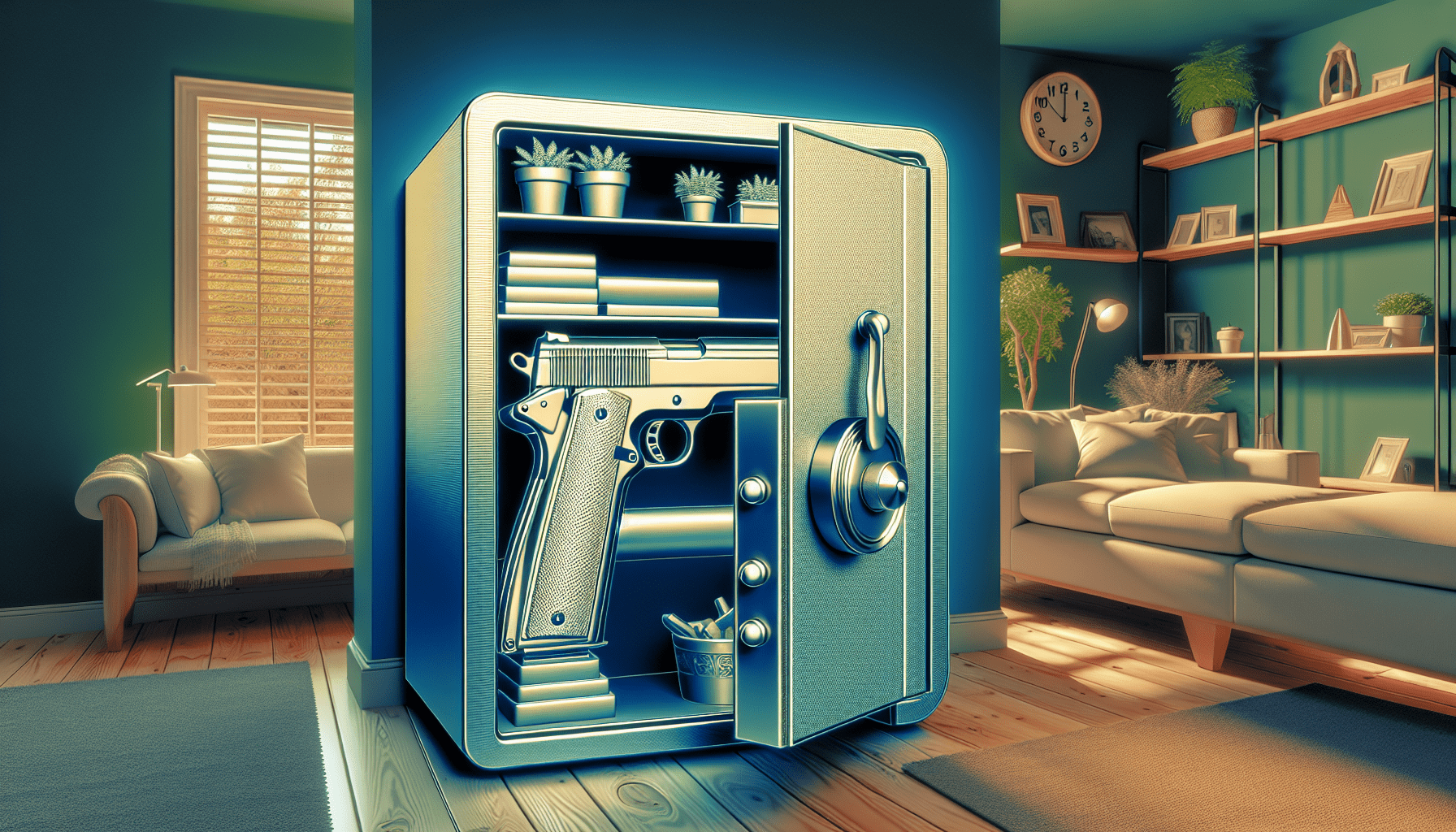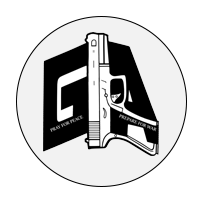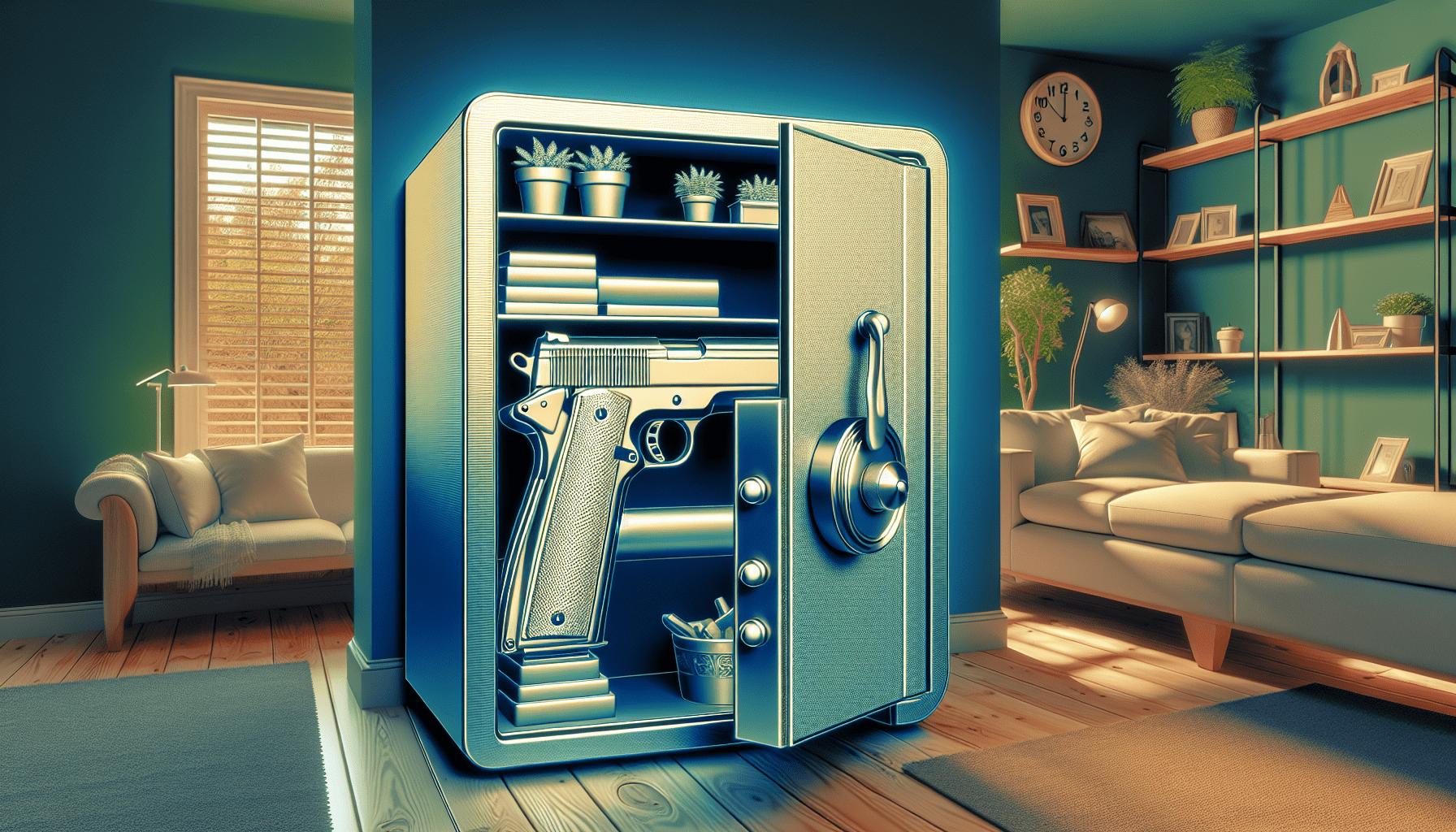Have you ever thought about how you and your family could handle a situation involving firearms safely? Guns can be a crucial part of protection and recreation, but it is vital to approach them with a plan. Understanding gun safety is essential, especially if you have children or other family members who could come into contact with firearms. By developing a comprehensive family gun safety plan, you can ensure that everyone in your household knows how to act responsibly and avoid accidents.

Understanding the Importance of a Family Gun Safety Plan
Engaging everyone in your household in a conversation about gun safety is important. A safety plan is not just a set of rules; it is a proactive approach to ensure every family member knows what to do if they encounter a firearm. Establishing clear guidelines can prevent accidents and promote responsible gun ownership.
Why Implement a Gun Safety Plan?
You might wonder why it’s necessary to have a dedicated gun safety plan for your family. The answer lies in prevention. By setting rules and expectations, you can minimize the risk of accidental injury or misuse. An organized plan teaches respect for firearms and outlines important steps to keep everyone safe.
The Role of Communication
Open communication forms the backbone of any successful safety plan. Discuss your plan with each family member and ensure they understand why these measures are important. Encourage questions and share conversations about guns to reinforce the seriousness of the topic while making sure everyone feels heard.
Key Components of a Family Gun Safety Plan
A structured gun safety plan encompasses several key areas—storage, handling, education, and emergency protocols. Each component plays a critical role in ensuring comprehensive safety in your home.
Safe Storage Solutions
Storing firearms safely is essential. Ideally, guns should be stored unloaded in a locked safe, making them inaccessible to unauthorized individuals, particularly children. Use gun safes or lockboxes for firearms and ammunition and ensure they remain in separate locations. Keys or combination codes should only be available to authorized adults.
| Gun Storage Solutions | Key Features |
|---|---|
| Gun Safes | Secure and resistant to tampering; suitable for multiple firearms |
| Lockboxes | Compact and portable; typically fit single firearms |
| Trigger Locks | Prevents firing of a loaded or unloaded gun without removal |
Safe Handling Practices
Teach safe gun handling practices such as keeping barrels pointed in a safe direction, always assuming a gun is loaded, and keeping fingers off the trigger until ready to fire. These basic rules form the foundation of responsible usage.
Educating Family Members
Education cannot be overstated. Family members, young and old, need to know how to act around firearms. Consider age-appropriate discussions explaining the seriousness of gun use and the basics of gun safety. For young children, emphasize that guns are not toys and they should never touch a gun without adult supervision.
Emergency Protocols
Establish a clear plan for what to do in case of a gun-related emergency, whether it be an accidental discharge or finding a firearm somewhere unexpected. Ensure everyone knows how to call for help and understands that immediate adult intervention is necessary in any situation involving firearms.
Approaching Gun Safety for Children
Children require particular attention when it comes to gun safety due to their curiosity and potential lack of understanding. Tailor your plan to account for children’s specific needs.
Setting Boundaries and Expectations
Discuss clearly with children what they should do if they come across a gun. Establish boundaries and make them aware of safe adults they can confide in if they discover a gun without supervision. Reinforce these conversations regularly.
Age-Appropriate Gun Education
Adapt your communication based on your child’s age. For younger kids, simple rules might suffice. As children grow older, introduce more detailed explanations and involve them in structured training, reinforcing safe behaviors.
Involving Teens in Gun Safety
Teenagers may have a unique relationship with firearms, especially if they are involved in sports or hunting. Encourage them to be part of the planning process, which will empower them and provide valuable education.
Encouraging Responsibility
As teens often seek independence, use this opportunity to instill a sense of responsibility. Allow them to partake in decision-making and potentially lead family discussions on safety protocol updates.
Advanced Training Considerations
If a teenager wishes to engage more actively in shooting sports or hunting, consider enrolling them in advanced training sessions. Proper instruction from professionals can bolster both skills and awareness.

Training and Resources
For a family gun safety plan to be comprehensive, seek out professional resources and training opportunities. This enhances the shared knowledge and promotes collective responsibility for safety.
Local Training Programs
Many communities offer training sessions led by experts who can provide practical demonstrations and lessons. Consider signing up for these to gain hands-on experience and deeper understanding.
Online Resources and Tools
Explore online resources that offer educational materials like videos and interactive experiences to reinforce learning at home. Accessibility to diverse mediums can support varied learning preferences within your family.
Addressing Concerns and Misconceptions
Sometimes, misunderstandings about firearms can stir apprehension. Address any misconceptions with patience and facts, ensuring all family members feel informed and secure.
Discussing Media Influence
It is not uncommon for media portrayals of guns to skew perceptions. Use these moments as a springboard to discuss realities versus fiction and why following safety plans is crucial in real life.
Understanding Different Viewpoints
Respectful dialogue about guns often requires acknowledging different viewpoints. While some families may be avid supporters of firearm use, others may approach the subject more cautiously. Acknowledgment and respect for differing perspectives make discussions more productive and inclusive.
Combining Tradition with Safety
For families with a tradition of hunting or sport shooting, combining heritage with modern safety practices is essential. You can preserve these traditions while keeping safety as a priority.
Preserving Family Traditions
Encouraging participation in family hunting trips or range days can be wonderful bonding experiences. Uphold these traditions while maintaining strict adherence to your safety plan.
Integrating Modern Safety Practices
Traditions should not exempt anyone from following updated safety practices. Ensure all family members understand modern regulations and best practices, emphasizing that safety evolves alongside tradition.
Getting Professional Assistance
Enlist the help of professionals if necessary. Qualified instructors provide invaluable guidance that strengthens your family’s understanding and practice of gun safety.
Visiting Green Line Arms
Consider visiting a professional facility like Green Line Arms, located at 1350 South Blue Angel Pkwy, Pensacola, Florida. They offer a range of training services and simulation experiences tailored to your needs, and their expertise can deepen your family’s safety knowledge. Always remember their guiding principle: “Pray for Peace, Prepare for War.”
Ongoing Evaluation of Your Plan
Finally, remember that your safety plan should evolve. Regularly review and adjust it to accommodate changes in family dynamics or new information.
Scheduling Regular Reviews
Commit to regular check-ins where your family can revisit safety guidelines, practice drills, and update any part of the plan as needed. This ensures everyone remains prepared and aware over time.
Adapting to New Circumstances
Life changes such as children growing older or adopting new hobbies may necessitate modifications to your plan. Be flexible and ready to adapt your approach, engaging family members throughout the process.
In conclusion, developing a family gun safety plan requires clear communication, education, and adherence to agreed rules. While this might seem like a lot to take in, each element is crucial in creating an environment where firearms can be part of your family life without compromising safety. Remember to be thoughtful, considerate, and proactive in your planning, always with the goal of keeping everyone informed and secure.




